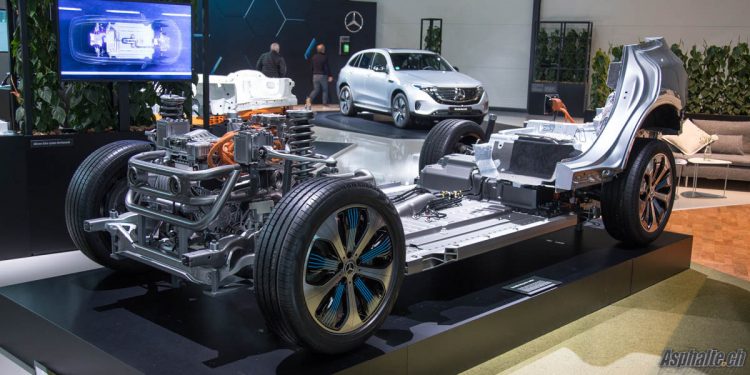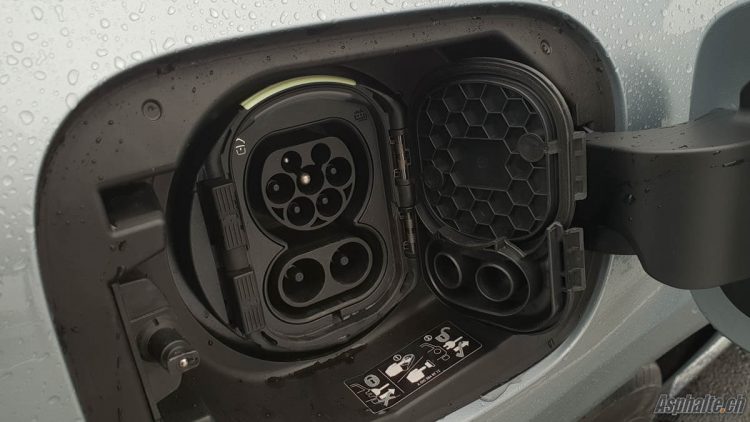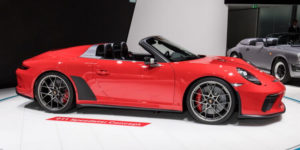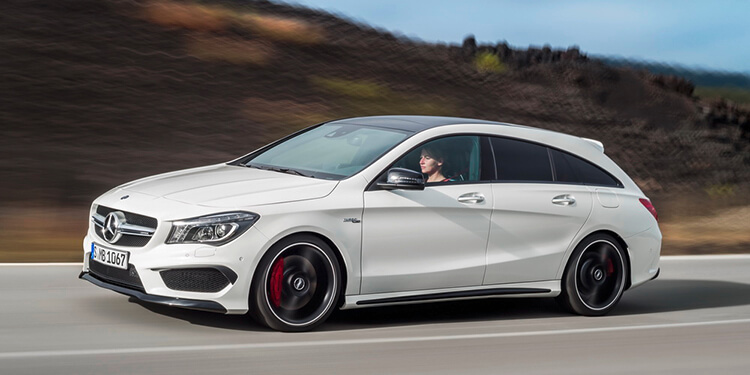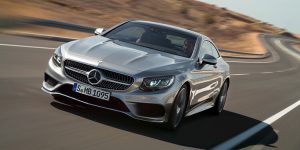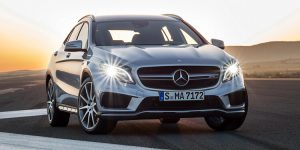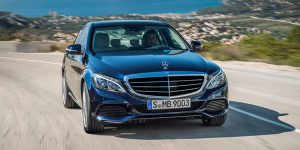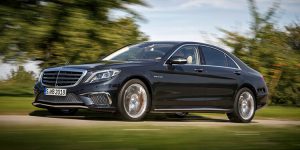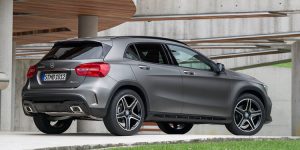Road Test Mercedes EQC 400 4 Matic: opening salvo
The EQC’s battery pack is claimed at 80 kWh of usable energy. This is one illustration of Mercedes’s straight talk strategy on electric cars: no false promises, no disappointments. Like any other manufacturer, Mercedes has to comply with legal requirements and advertise NEDC/WLTP values, but the company also communicates on real world range, and on factors affecting range.
The EQC in the current competitive context:
| Model | kWh | Price |
| Renault Zoe | 41 | CHF 35’650 |
| Hyundai Ioniq | 28 | CHF 38’990 |
| VW ID.3 45 | >45** | est. CHF 39’000 |
| Nissan Leaf 2 | 40* | CHF 42’990 |
| BMW i3 120Ah | 42.2*/37.9** | CHF 41’400 |
| VW ID.3 58 1st | 58** | CHF 52’000 |
| Opel Ampera-e | 60 | CHF 52’700 |
| Hyundai Kona Electric | 64** | CHF 46’990 |
| Tesla Model 3 Standard Range + | 55 | CHF 49’190 |
| Tesla Model 3 | 74 | CHF 59’890 |
| VW ID.3 77 | 77** | N.C. |
| Mercedes EQC | 80** | CHF 84’900 |
| Jaguar i-Pace | 90* | CHF 82’800 |
| Audi e-tron | 95*/88** | CHF 89’900 |
| Tesla Model S | 100** | CHF 107’090 |
*gross energy content **net/usable energy content
Why only 80 kWh ? The official line is that it is a competitive spec when comparing actual range, but it looks obvious that the platform constraints were a factor. Claimed range is as follows:
| EQC | e-tron | i-Pace | |
| NEDC | 445-471 | 500 | N.C. |
| WLTP | 374-417 | 417 | 470 |
| Realistic | 260-370* | N.C. | 275-390** |
*according to Mercedes **Asphalte test
For rapid charging, the EQC sustains up to 110 kW via a CCS2 plug, and is partner/shareholder in the ionity network of rapid charging stations. Mercedes also provides an RFID card which simplifies access to the balkanized network of third parties operating on the european continent.

